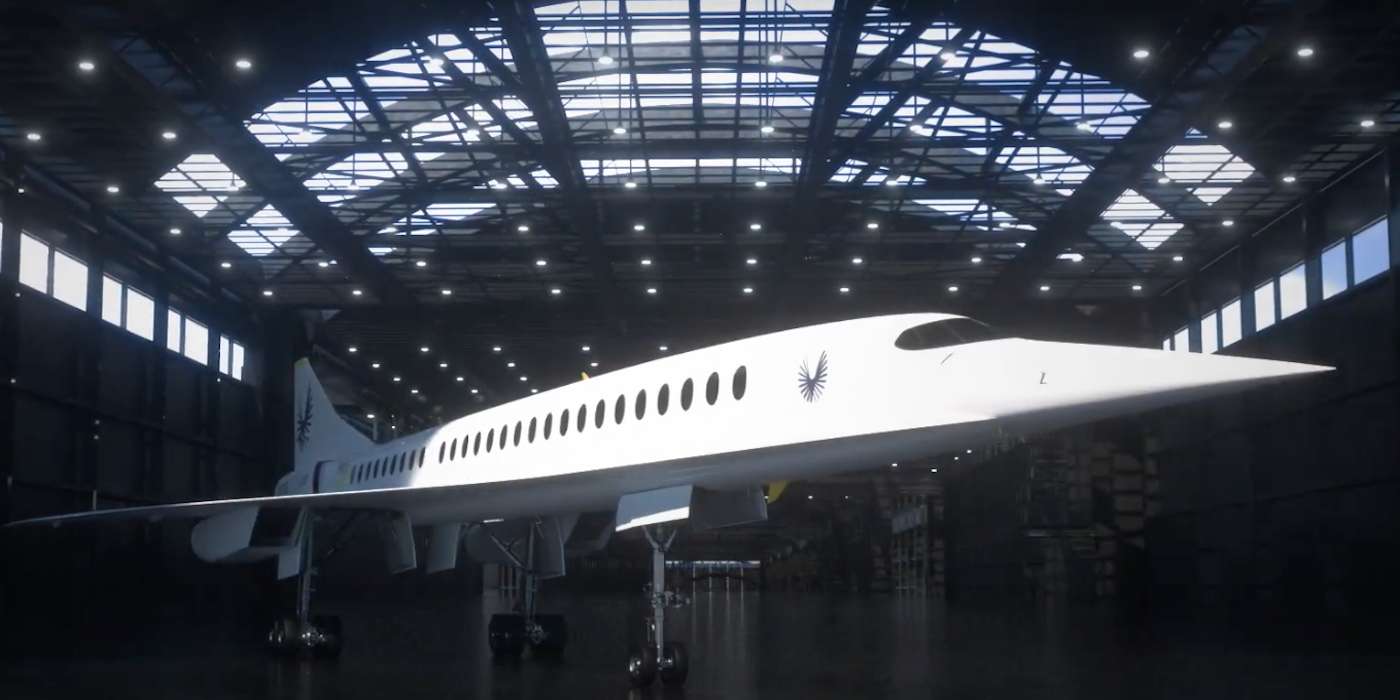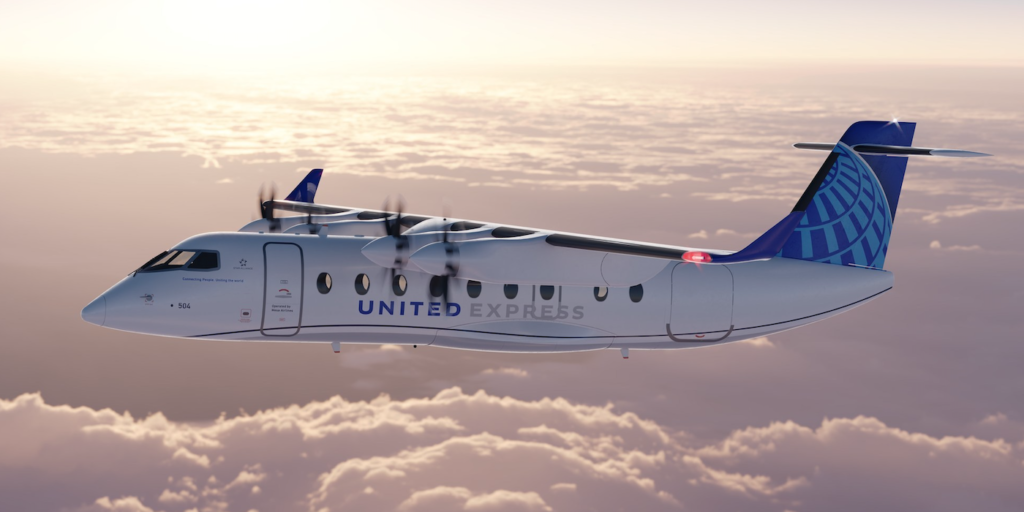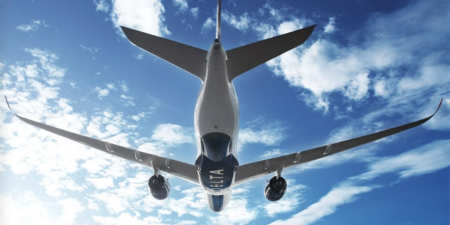The commercial aviation industry is finally set to close the chapter on the Covid-19 pandemic, with demand for commercial air transport, and it profitability levels, surpassing 2019 levels by 3.8% and reaching record highs according to IATA. As one chapter closes, another one is opening for commercial aviation.
There are three main developments that will impact the commercial aviation sector throughout 2025: openings in the aircraft manufacturing market are forming as cracks appear in the big players’ hold on the market; the door is opening for advanced air vehicles (AAVs) to take to the skies; and MRO is getting going on its Industrial AI journey.
Prediction 1: Cracks begin to show in the aircraft manufacturer duopoly. 2025 will see new entrants step forward to cut into the $641.6 billion market as Boeing and Airbus wobble
The aircraft manufacturing industry is predicted to grow to $641.6 billion by 2033. However, the duopoly that has ruled the market for years is starting to crack by failing to meet their own projections, let alone market demand.
Market leader Boeing has faced major challenges following the incident last year when a large section of a 737 MAX 9 aircraft broke free after take-off. This incident triggered the Federal Aviation Administration (FAA) halting the production of the 737 MAX, due to production quality issues. It also led to many airline organisations switching to Airbus, whose market share increased to 60.4%. Unfortunately, Airbus itself is struggling to match demand due to supply chain issues in terms of engines, aerostructures and cabin equipment when manufacturing the A320 Family aircraft.
The increasing passenger demand has seen revenues rise by 10.4% from 2023 to 2024, leaving airlines looking to increase their fleet sizes. However, with the backlog in airframer supply, the question is, what aircraft will they buy? With the exception of the A220, which was developed by Bombardier, there have been no new from-scratch airframes since Airbus introduced the A350 in 2015 and Boeing launched the 787 in 2009.
The modern jetliner has not substantively changed since the large-scale use of composite materials on the Boeing 787, as the duopoly has focused on new derivatives such as the 737 MAX and 777X. All this has left a new aircraft innovation gap that is wide enough to fly a jetliner through.
Time to reinvent – the tech is ready to go
Historically, gaps in the market have been difficult to fill as new entrants would either be bought out or forced out by Boeing and Airbus. However, with the duopoly facing their own problems, and demand outstripping production, this scenario is of less concern for new aircraft manufacturers, and some are already taking the opportunity to fill the innovation gap. Take Boom Supersonic’s Overture aircraft, which is being developed to be twice as fast as current passenger aircraft and run off 100% Sustainable Aviation Fuel (SAF). Boom has already received 130 pre-orders from the likes of United Airlines, Japan Airlines, and American Airlines.

Aircraft manufacturers could also differentiate themselves by using lighter, more durable composite materials. The viability of large-scale composite use in aviation was proven in Boeing’s 787 airframe and primary structure, but without further innovation it has failed to reach its full potential, and new startups are capitalising on this. Take JetZero with its Z5 blended-wing body aircraft which is designed to be fully hydrogen-powered, or Natilus with its blended-wing aircraft that aims to be 50% more efficient than traditional aircraft. Outbound Aerospace is leveraging 3D printing and a Space-X rapid iteration development style for its blended-wing aircraft.

Some startups are also designing conventional airframes from scratch, to take advantage of new propulsion technologies. For example, Heart Aerospace is developing hybrid-electric regional airplanes, and other companies are innovating at even greater speed. Take Destinus, which aims to test its hypersonic hydrogen-fuelled prototype in 2026, and Hermeus with its hypersonic passenger aircraft, Halcyon.

To fully capitalise on this opportunity, startups will need an all-encompassing manufacturing ERP system to provide a digital backbone as these new aircraft begin to take flight. This means supporting the prototyping, manufacturing, test flight operation, maintenance and engineering, supply chain, and aftermarket services for their aircraft, and ensuring successful development, entry-into-service, and sustainment now and in the future.
Prediction 2: Coming soon to the sky near you – the FAA’s first new category in 80 years opens the door to EVTOL entry into service in North America as soon as 2025
Helicopters are in for some competition, as the Advanced Air Mobility (AAM) sector may welcome its first air taxis into service in 2025.
Electric vertical take-off and landing aircraft (eVTOL) have recently overcome a major hurdle as the FAA reverted its original plans, which required eVTOL pilots to be commercial pilots before they could become eVTOL certified. The commercial aviation industry is predicted to be short of 80,000 pilots by 2032, so the FAA decision is pivotal for the industry to grow.
In 2024 the FAA altered course, and for the first time in 80 years since it brought in helicopter rules in the 1940s, the FAA has created a new category, for Powered-Lift vehicles, which paves the way for AAM. The regulations adopt a Special Federal Aviation Regulation (SFAR) for a period of 10 years, which covers pilot qualifications, training, and operational requirements for eVTOLs in the USA.
This is good news for early industry leader and IFS customer, Joby Aviation, as certified pilots who pass testing without failure will be available to fly aircraft and keep Joby on course for entry-into-service for its electric air taxi in 2025.
As more eVTOL manufacturers go through flight testing, to capitalise on a market that is expected to grow at a CAGR of 12.58% to $38.24 billion by 2032, manufacturers need a supporting software system capable of managing their flight testing to record data and draw valuable insights to inform design, manufacture, and maintenance moving forward.
Prediction 3: Over 20% of MRO organisations will utilise AI in 2025 as they join the Industrial AI race
The Maintenance, Repair, and Overhaul (MRO) industry has been hit hard over recent years, by the Covid-19 pandemic, supply chain issues, and a shortage of new aircraft. As demand balloons for commercial air travel to beyond pre-pandemic levels, MRO organisations are being stretched because many airlines are forced to extend the life of their existing aircraft due to the previously mentioned supply shortfalls.
Until now, the MRO industry has been slow in adopting AI and digital tools. However, following new guidance on AI by the FAA, the future is looking bright. The guidance highlights how AI can be used in maintenance, stating: “An AI application can conduct a thorough comparison, considering multiple factors beyond predefined triggers, particularly when the system is allowed to learn over time.”
Some MRO organisations are already beginning to implement AI in one-off areas of their operations. Take Jet Aviation for example, which has introduced AI-enabled drones to conduct automated visual inspections on aircraft to identify defects and generate a digital report.
Industrial AI helps MROs bridge the skilled labour gap and an ageing workforce
According to multiple surveys of IFS customers, the number one issue facing the MRO industry is the shortage of skilled maintenance technicians, and this is expected to get worse, as highlighted in an Oliver Wyman report which stated the MRO market is predicting a shortage of 43,000 aviation maintenance technicians in North America alone by 2027.
There are numerous ways MRO organisation can utilise industrial AI to battle against the labour shortage:
- Extend capabilities with Extended Reality (XR): Junior technicians can utilise virtual reality for training, giving them virtual hands-on experience, or use augmented reality devices to call senior technicians, show them the problem, and get their guidance on the solution.
- Optimise maintenance planning: AI-enabled optimisation engines can help maximise maintenance yield, optimise task scheduling within a maintenance visit, and help with resource and technician allocation to reduce non-productive time.
- Increase hands on metal: Speaking of reducing non-productive time, AI-equipped mobile devices with access to approved technical documentation can speed-up the technician’s work, reducing research time – one of their most time-consuming tasks – and letting them focus on the maintenance work itself.
- Arm junior technicians with legacy knowledge: AI copilots can help guide junior technicians when diagnosing a maintenance fault. By recognising the problem and suggesting a solution, or even just helping choose the correct IATA classification, AI can help junior technicians learn on the job and gain access to legacy knowledge more quickly while reducing errors.
Ensure your cabin baggage is stowed safely beneath the seat in front of you: it’s time for commercial aviation to take off.
2025 presents huge opportunities for organisations to embrace, with gaps in the aircraft manufacturing industry opening as the industry’s two titans face their own problems, eVTOLs step closer to entry-into-service, and the MRO sector fast-forwards its Industrial AI journey.
The technology, supporting software, and digital tools are there for organisations to capitalise on. Organisations that act swiftly will be those that prosper in 2025 and best position themselves for the future.





